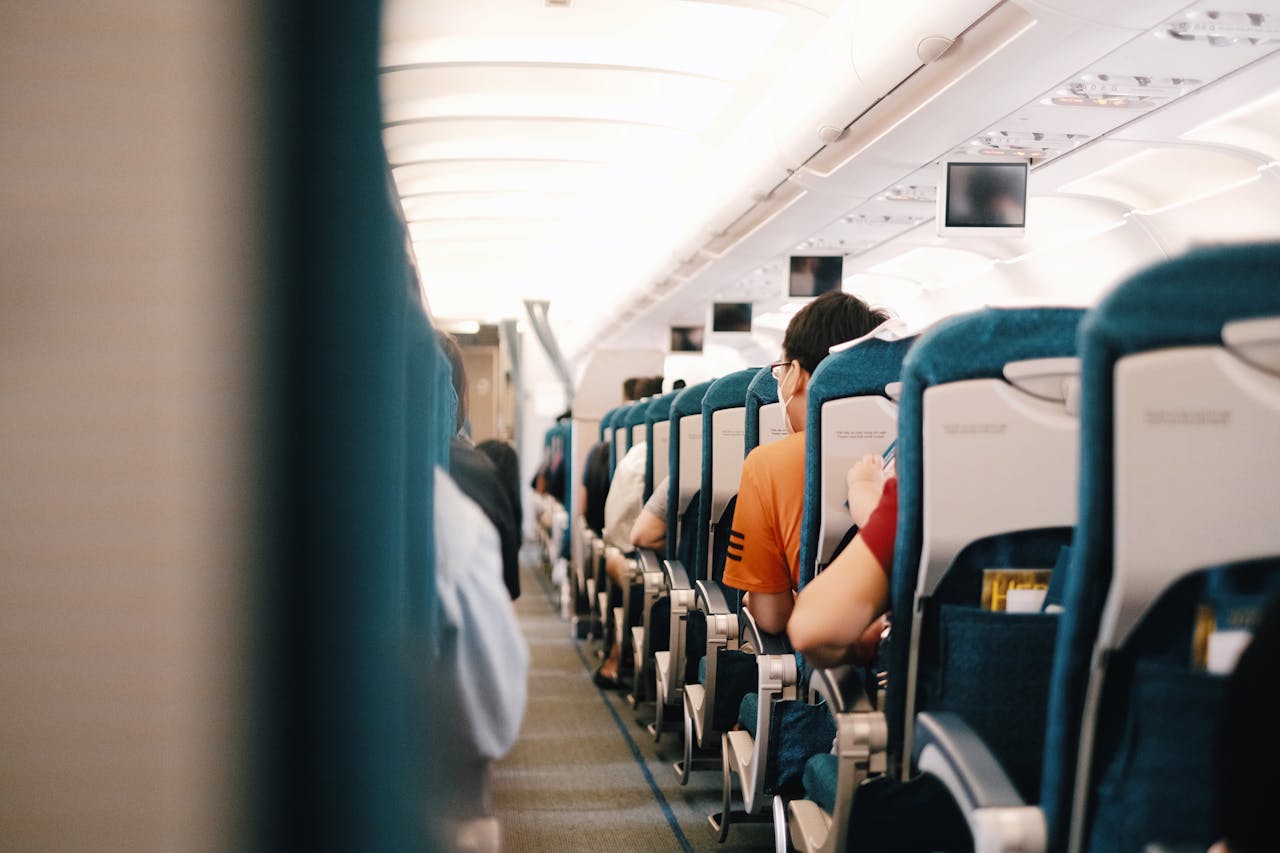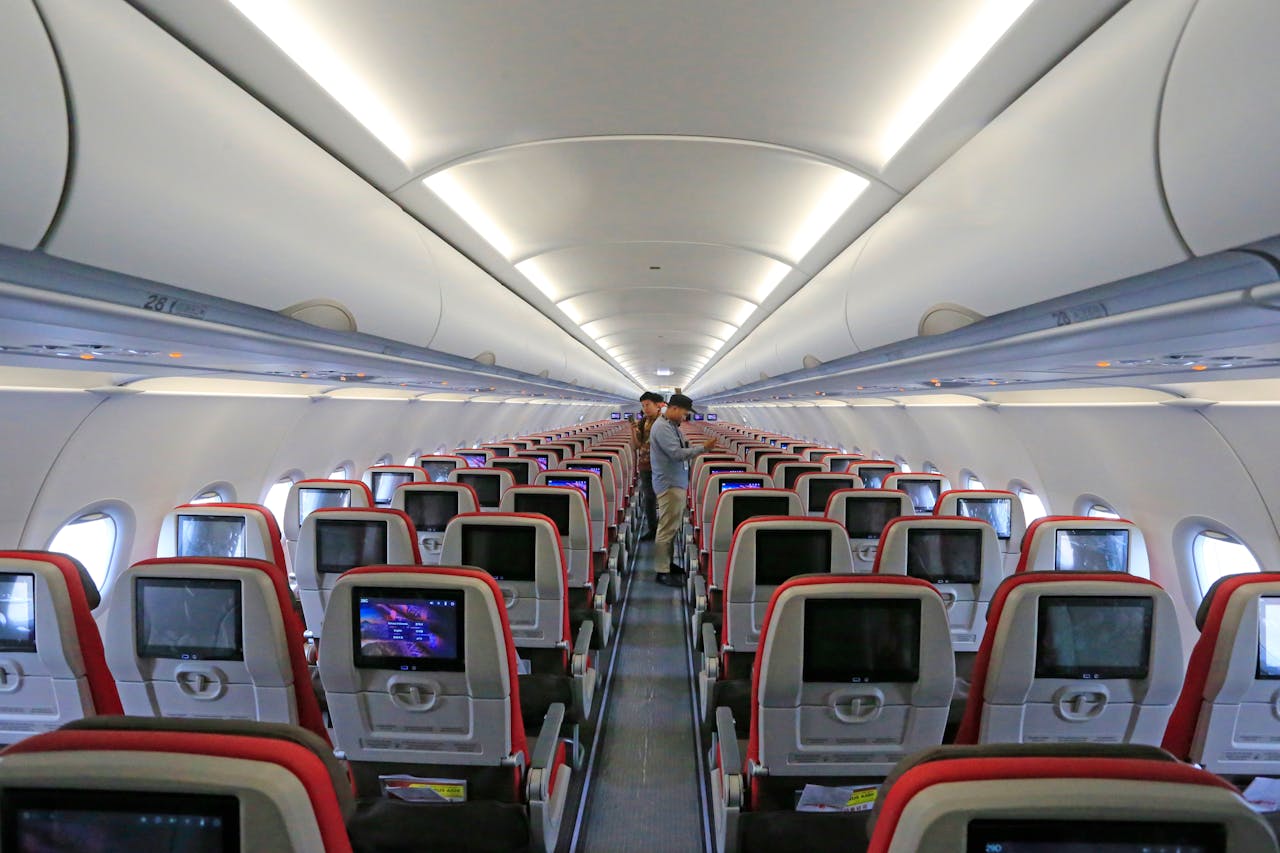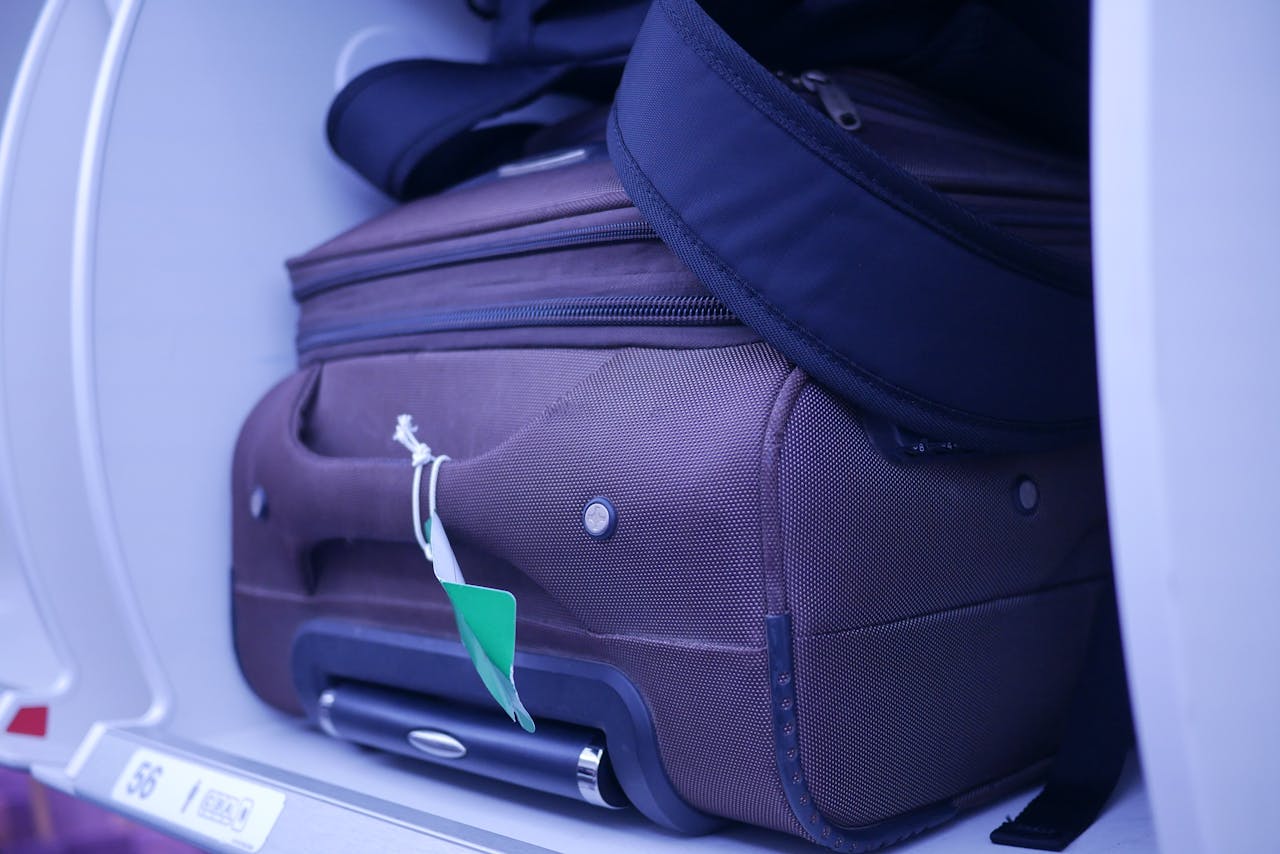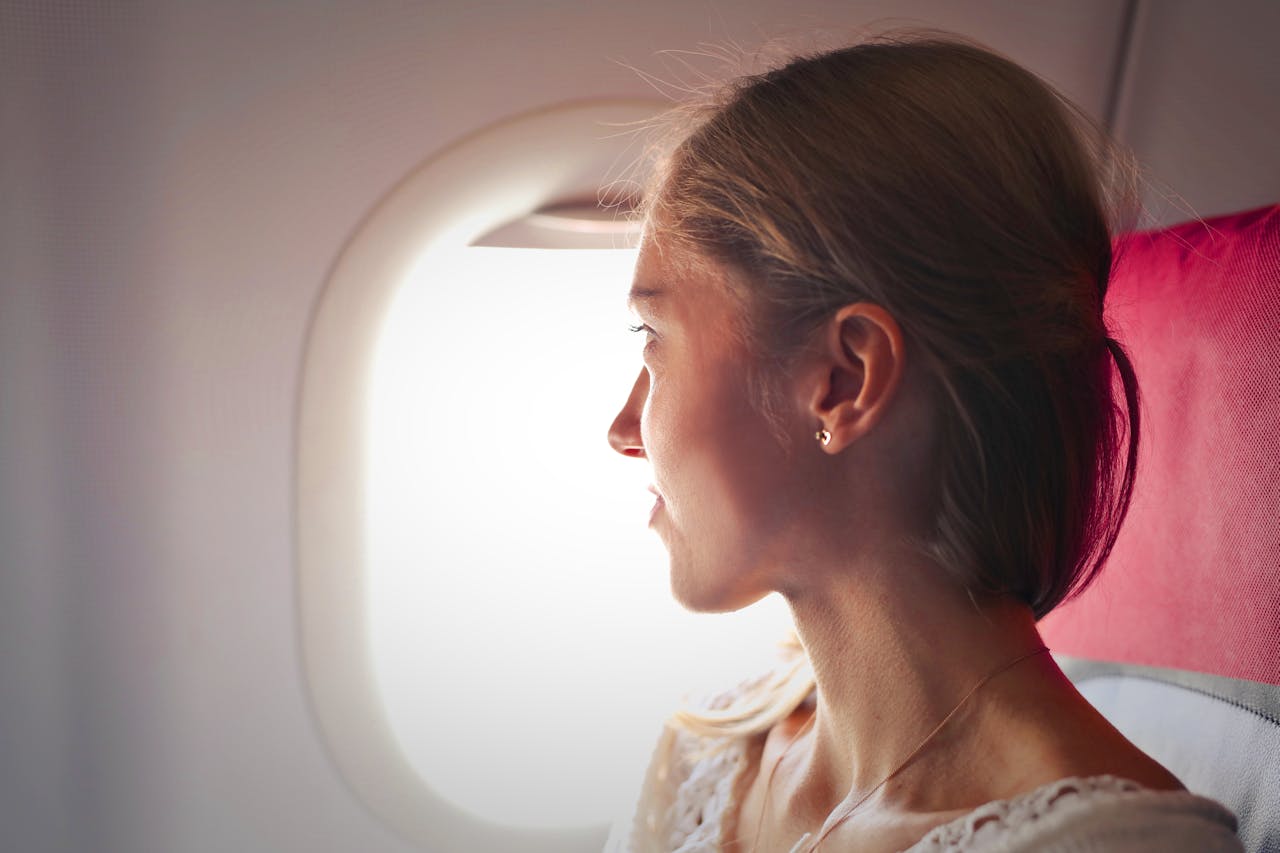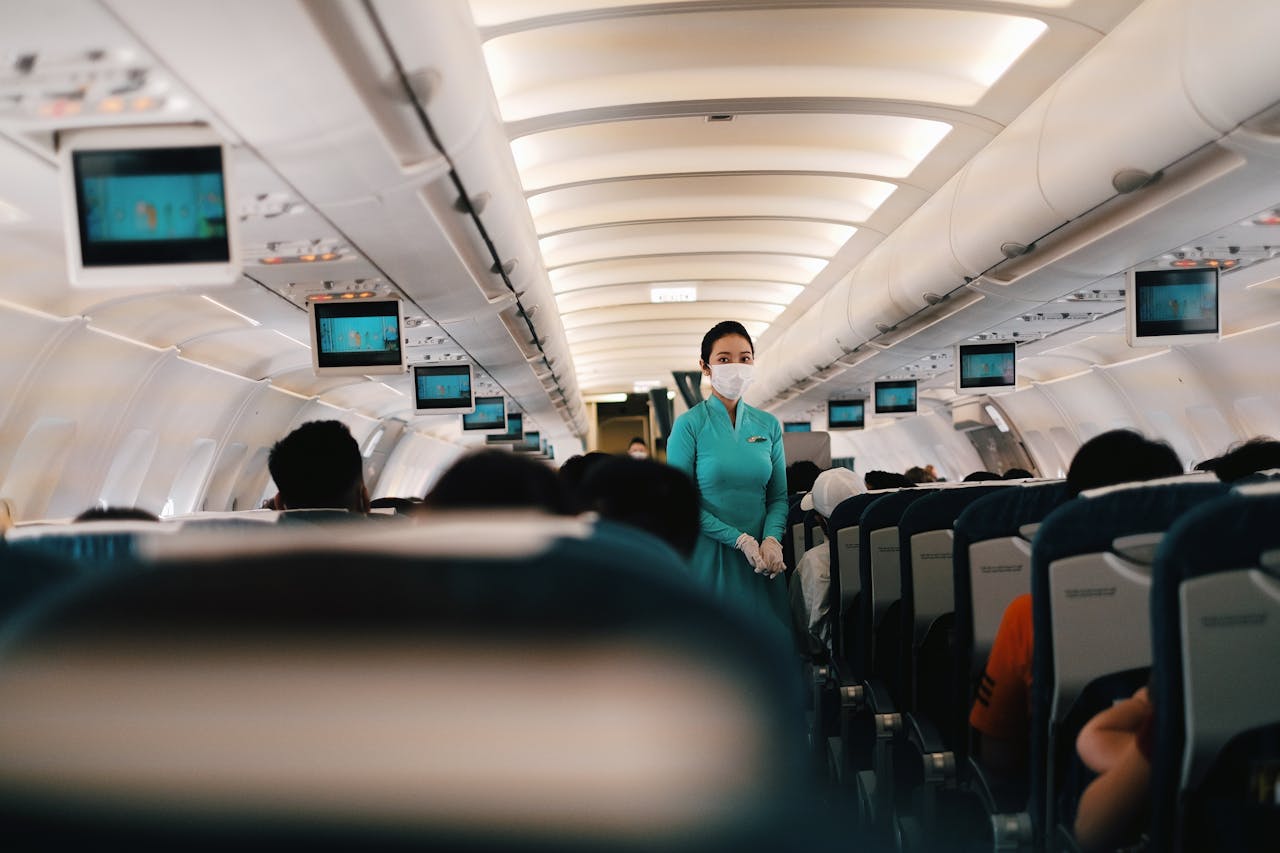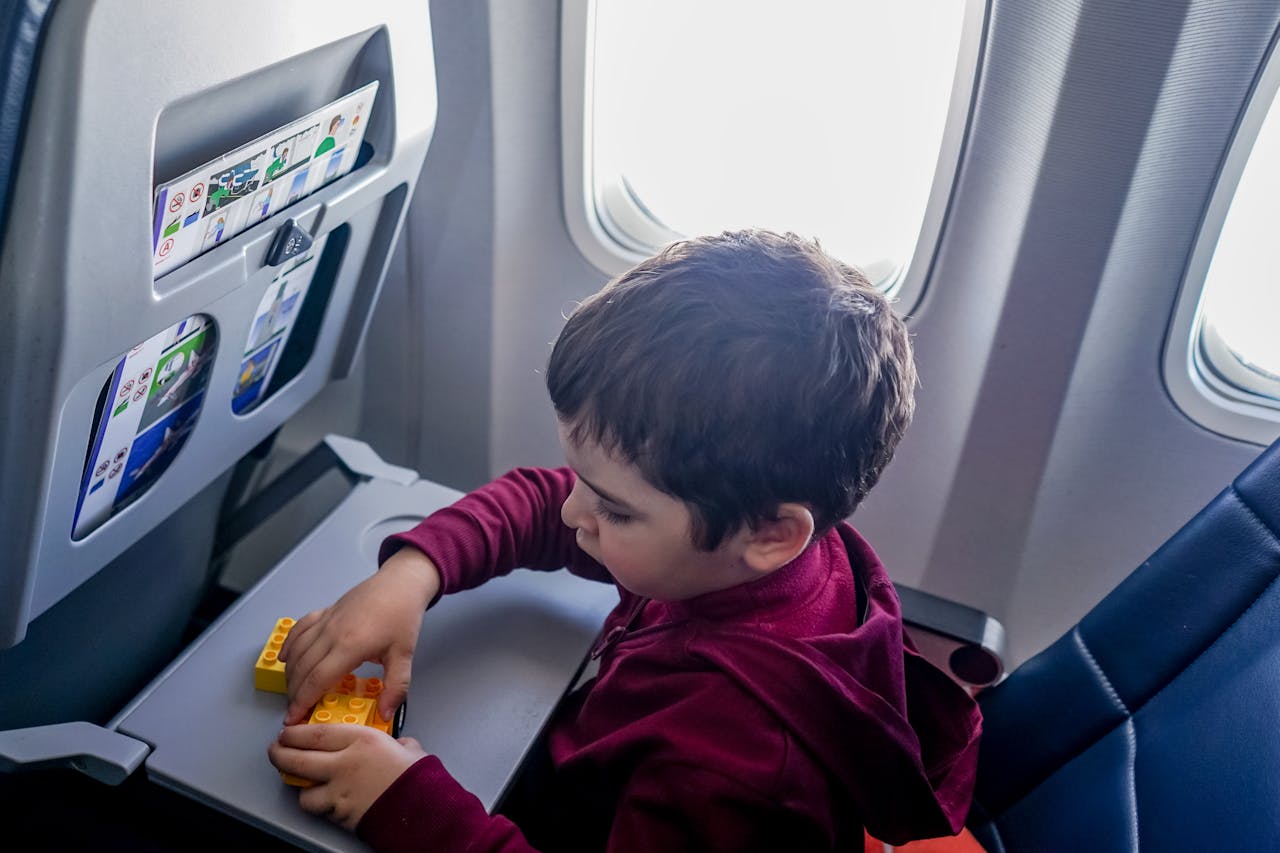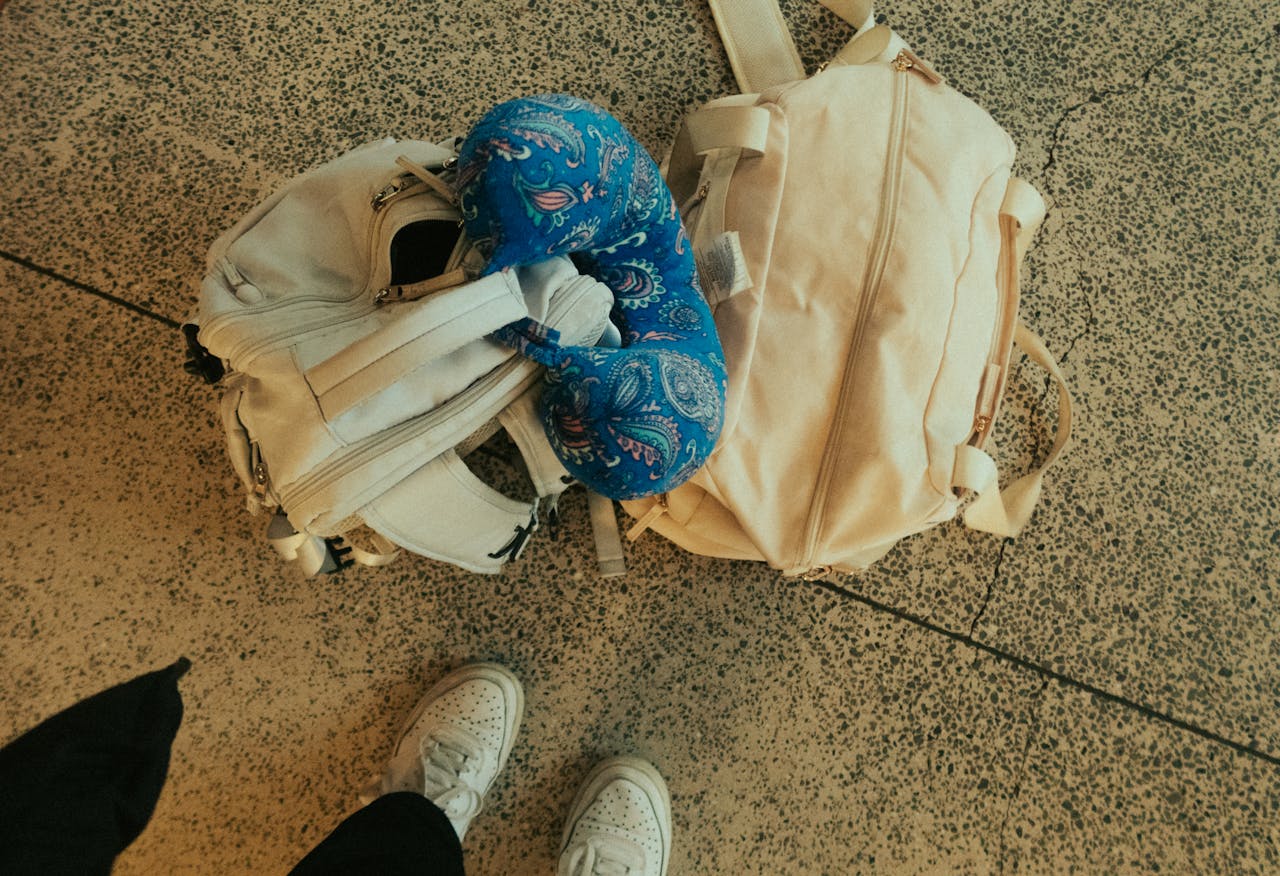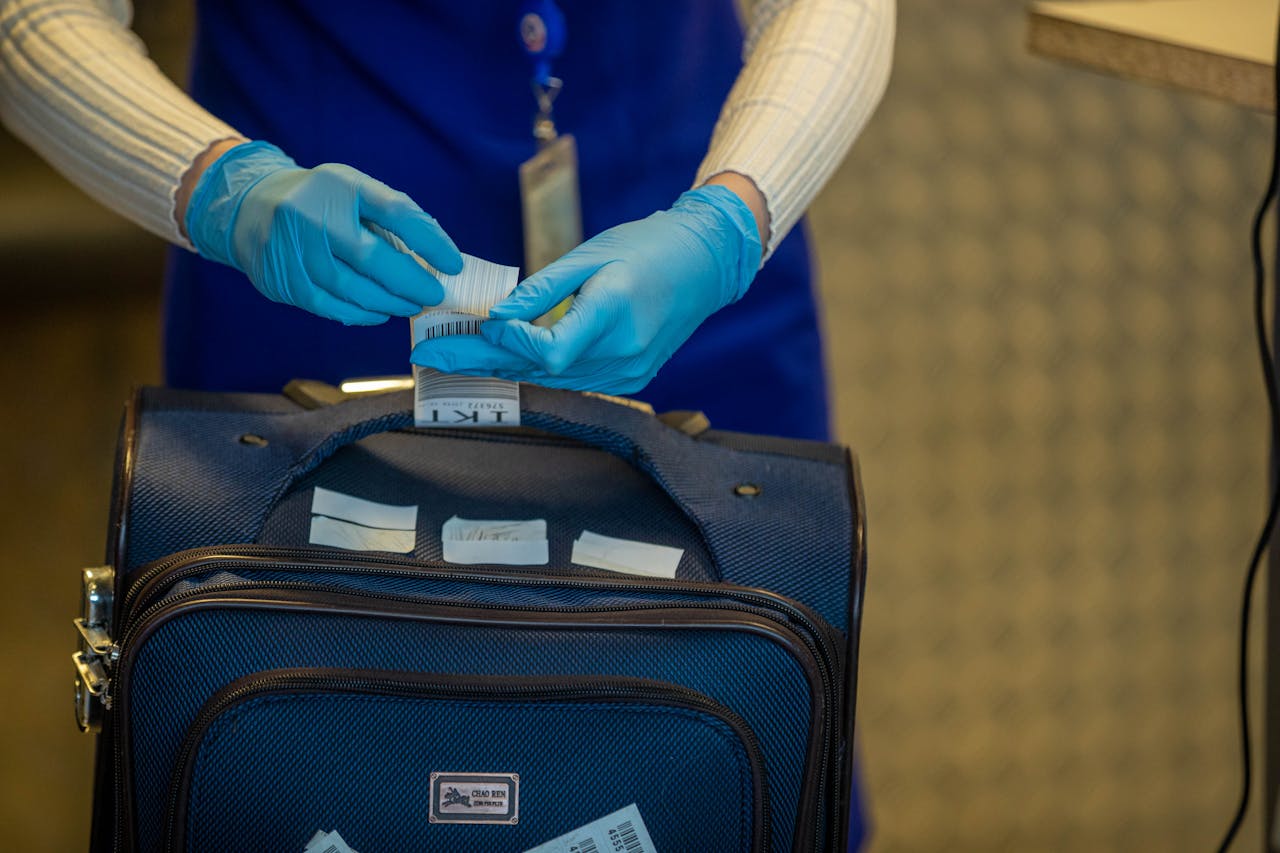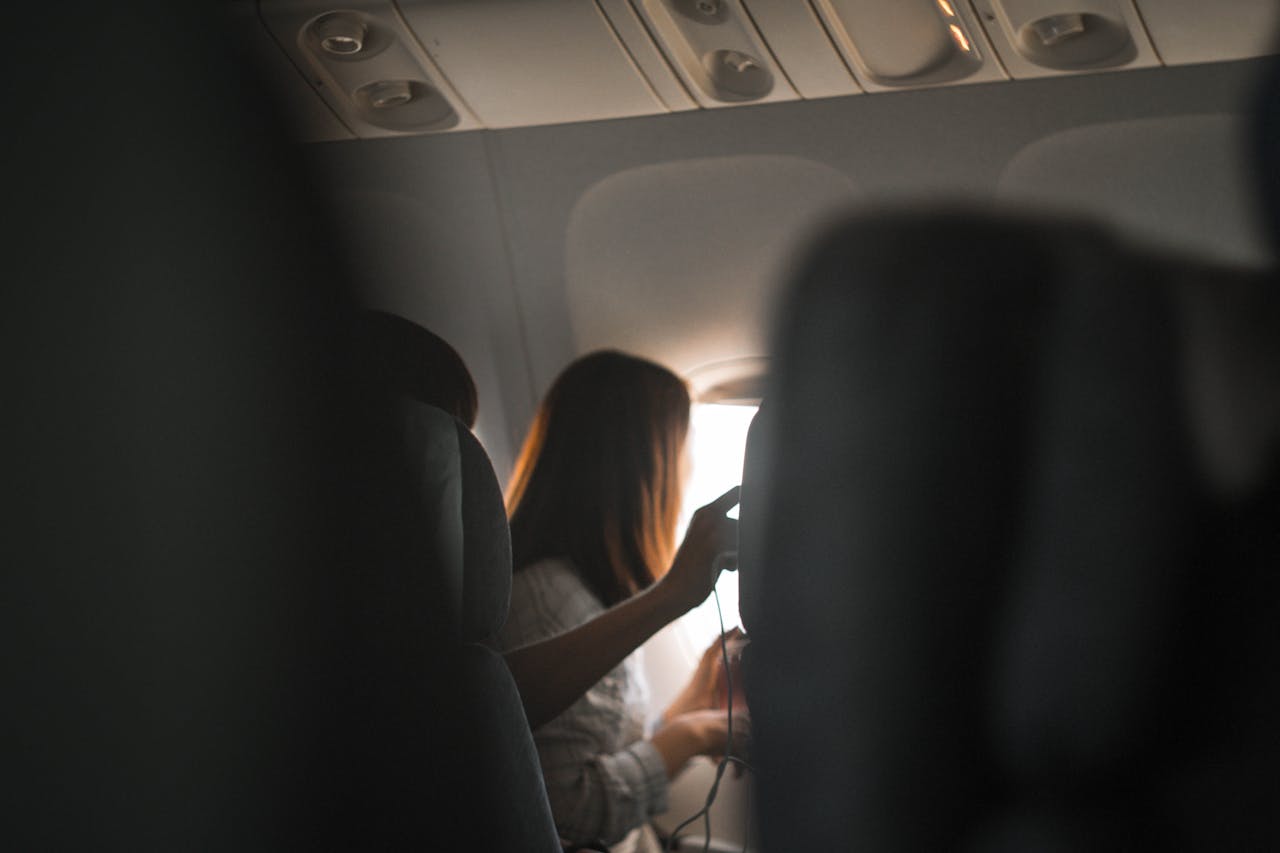Long-haul flights can be an exciting yet challenging part of travel. Whether you’re flying across the globe for a vacation, heading to a business meeting, or visiting family, long flights often bring their own set of problems. From cramped seats to jet lag, the experience can feel overwhelming if you’re not properly prepared. But many of these challenges can be avoided with a little planning and foresight. In this blog, we’ll highlight 10 common long-haul flight mistakes travelers make and share simple tips to help you avoid them. With these insights, your next long flight can be far more comfortable and enjoyable.
1. Not Booking the Right Seat Early Enough
One of the most common mistakes long-haul travelers make is waiting too long to select their seat. Many people settle for random seat assignments or choose from whatever is left, which often results in uncomfortable seating arrangements. Seats near the back of the plane, in the middle, or next to the bathroom can be particularly unpleasant. To avoid this, it’s crucial to book your seat early. Opt for a seat with extra legroom or choose a window or aisle seat, depending on your preference. Early seat selection gives you the chance to pick the most comfortable option and avoid unwanted disruptions during your flight. Additionally, if you are traveling with a companion, booking seats together will ensure you stay close, making the flight experience more pleasant.
Airlines often allow seat selection when you book your flight, so take advantage of this option. If you’re unsure about which seats are best, check online resources like SeatGuru, which provides seat maps and reviews of specific flights. For a smoother flight experience, try to book your seat in a quieter part of the plane, such as the front or near the wings, as these areas tend to be less turbulent.
2. Overpacking Your Carry-On Bag
It’s easy to overpack your carry-on bag with everything you think you might need, but this often leads to frustration. A heavy or overstuffed bag can be hard to store in the overhead compartment or under the seat. Plus, it can be difficult to find what you need when your bag is crammed full. To avoid this, pack only the essentials: snacks, a water bottle, entertainment (like a book or tablet), personal hygiene items, and a neck pillow. Keeping your carry-on bag light and organized will make your flight more enjoyable and less stressful.
Overpacking can also lead to unnecessary stress when you have to navigate through the airport. A smaller, more organized carry-on bag will allow you to move quickly through security and customs. Be sure to check your airline’s baggage policy to avoid any surprises at the gate. Many airlines have strict weight and size limits for carry-ons, and exceeding these limits can result in additional fees.
3. Not Staying Hydrated During the Flight
Airplane cabins are notoriously dry, and long-haul flights can leave you feeling parched and sluggish. Many travelers make the mistake of not drinking enough water during the flight and instead reach for coffee, soda, or alcohol. While these drinks may seem refreshing, they can dehydrate you further. To avoid dehydration, make sure to drink plenty of water throughout your flight. Bring an empty water bottle through security and fill it up before boarding. Stay hydrated consistently and limit your intake of caffeine and alcohol, which can worsen dehydration.
Dehydration on long flights can lead to headaches, fatigue, and dry skin. To stay hydrated, aim to drink water every hour, especially on long flights. Carrying your own water bottle is an easy way to ensure you’re drinking enough, and it’s better for the environment too. You can also hydrate your skin by using a good moisturizer or facial mist during the flight.
4. Relying Solely on In-Flight Meals
Although long-haul flights typically offer meals, they might not always meet your dietary needs or keep you full for the entire flight. Many travelers make the mistake of assuming that the in-flight meals will be sufficient. However, the food provided on planes is often bland or not enough to satisfy your hunger. To avoid this, bring your own snacks or meals. Healthy options like protein bars, nuts, or fresh fruit can help you stay energized and prevent hunger. Having your own food ensures that you’re not left disappointed by the airline’s meal service.
In-flight meals are also often high in sodium and preservatives, which can leave you feeling bloated or uncomfortable. By packing your own snacks, you can control what you eat and avoid unhealthy options. Plan ahead and choose snacks that are easy to pack and won’t spoil during the flight. Consider bringing snacks that are rich in protein and fiber to keep you feeling full for longer.
5. Staying Seated for Too Long
Sitting in one position for hours on end can cause discomfort and even health risks, such as deep vein thrombosis (DVT). Many travelers make the mistake of remaining seated throughout the flight, which can lead to stiffness, swelling, and poor circulation. To avoid these issues, take regular breaks to move around. Get up every couple of hours to stretch your legs, walk down the aisle, or do simple stretches in your seat. Wearing compression socks can also help improve circulation and reduce the risk of swelling.
Even if you’re not able to get up and walk around, make an effort to stretch your legs and feet while seated. Flexing your ankles, rotating your feet, and stretching your calves can help keep your blood flowing. If you’re concerned about DVT or circulation issues, talk to your doctor before flying, especially if you have pre-existing health conditions.
6. Not Adjusting to the New Time Zone Before the Flight
Jet lag is one of the most dreaded aspects of long-haul flights. Many travelers make the mistake of not adjusting their sleep schedule to the new time zone before they board. This can lead to extreme fatigue and difficulty adjusting once you arrive. To avoid jet lag, start adjusting your sleep schedule a few days before your flight. Gradually shift your bedtime to match the time zone of your destination. Once on the plane, try to sleep according to your destination’s time zone. Once you arrive, spend time in natural light to help reset your body’s internal clock.
Jet lag can affect your energy levels, mood, and overall experience during the first few days of your trip. To minimize its impact, try to adapt to the local time zone as soon as possible. If you’re traveling eastward, consider going to bed earlier a few days before departure. For westward travel, try staying up a bit later than usual to ease the transition.
7. Relying Too Much on In-Flight Entertainment
While in-flight entertainment can be a lifesaver, it’s not always reliable. Some flights may have limited options, or the entertainment system might not work properly. Many travelers make the mistake of relying solely on the plane’s entertainment to pass the time, only to find that it’s unavailable or unsatisfactory. To avoid boredom, bring your own entertainment, such as a tablet loaded with movies, books, podcasts, or music. Having backup options ensures that you’re entertained, no matter what happens with the plane’s entertainment system.
Before your flight, download your favorite movies, TV shows, or audiobooks so that you have plenty of content to keep you entertained. This also gives you the flexibility to enjoy entertainment without worrying about the availability of Wi-Fi or in-flight systems. Consider bringing noise-canceling headphones to enhance your experience and block out any background noise.
8. Forgetting to Bring a Neck Pillow or Blanket
The comfort of your seat can only go so far on a long-haul flight. Many travelers make the mistake of assuming that the airline will provide everything they need to sleep comfortably. While some airlines offer pillows and blankets, they may not be the most comfortable or clean. To avoid discomfort, bring your own neck pillow and blanket. A good neck pillow can make a world of difference when trying to sleep in an upright position. A blanket will help you stay warm and cozy throughout the flight, ensuring a more restful experience.
Investing in a high-quality neck pillow can prevent neck pain and help you sleep more comfortably during the flight. If you’re prone to feeling cold, a lightweight, travel-sized blanket or shawl can help keep you warm. Don’t forget to pack an eye mask and earplugs to block out light and noise, which can further improve your chances of getting quality rest during the flight.
9. Packing the Wrong Clothing for the Flight
Long-haul flights can be unpredictable when it comes to temperature. The cabin may be too cold or too warm, and tight clothing can restrict circulation and make you uncomfortable. Many travelers make the mistake of wearing clothing that isn’t ideal for such a long journey. To avoid discomfort, wear loose, breathable layers that can be adjusted as needed. Consider packing a light sweater or jacket to stay warm, and bring a pair of comfortable socks to help you relax during the flight.
Layering your clothing is the key to staying comfortable throughout the flight. If the temperature drops, you can easily add a layer to keep warm. If it gets too hot, you can remove a layer without feeling too exposed. Avoid tight clothing or shoes that can restrict blood flow, especially during long periods of sitting.
10. Not Preparing for Security and Customs
Long-haul flights often involve multiple security checks, layovers, and customs procedures. Many travelers make the mistake of underestimating the time and effort involved in these processes, leading to unnecessary stress and delays. To avoid this, make sure all your documents are ready before you board, including your passport, visa, and boarding passes. Arrive at the airport early to give yourself plenty of time to navigate security and customs. Additionally, check with your airline for any specific requirements or guidelines related to your flight.
Be sure to check the customs regulations of your destination to avoid carrying restricted items. Familiarizing yourself with the airport layout can also save time, especially if you need to make a tight connection during a layover. Preparing for security and customs will reduce your stress levels and help you have a smoother experience at the airport.
Final Thoughts
Long-haul flights don’t have to be stressful or uncomfortable. By avoiding these common mistakes, you can ensure a smoother, more enjoyable journey. From booking the right seat to staying hydrated and moving around, these tips will help you make the most of your long flight. So next time you’re preparing for a long-haul adventure, keep these mistakes in mind and avoid them to make your journey more comfortable and stress-free. Safe travels!

